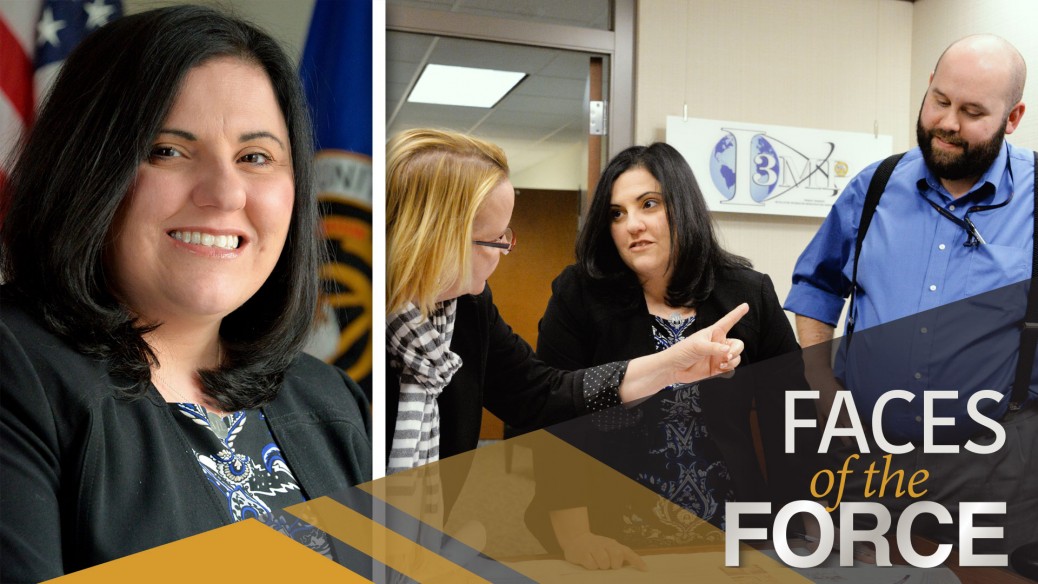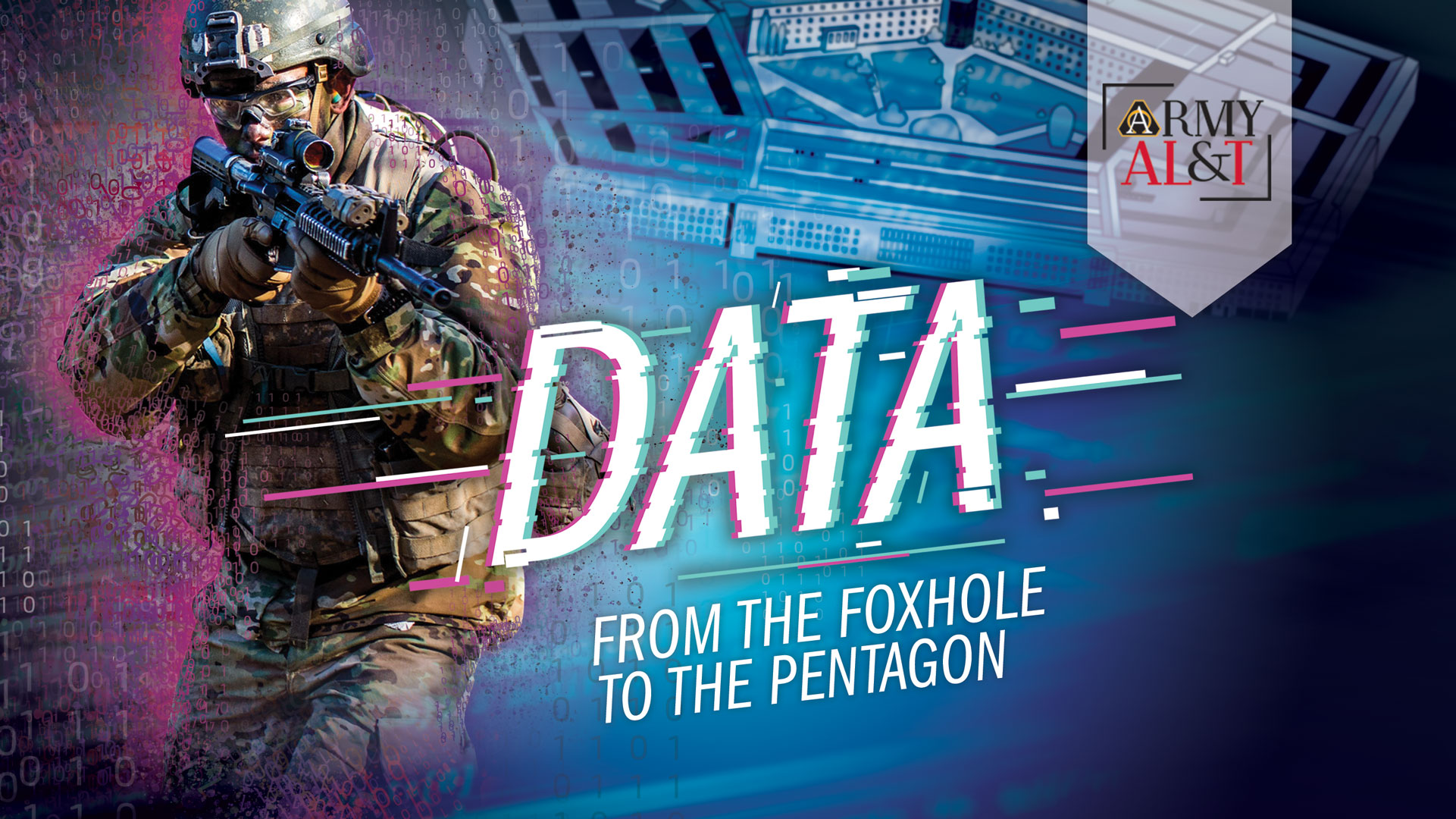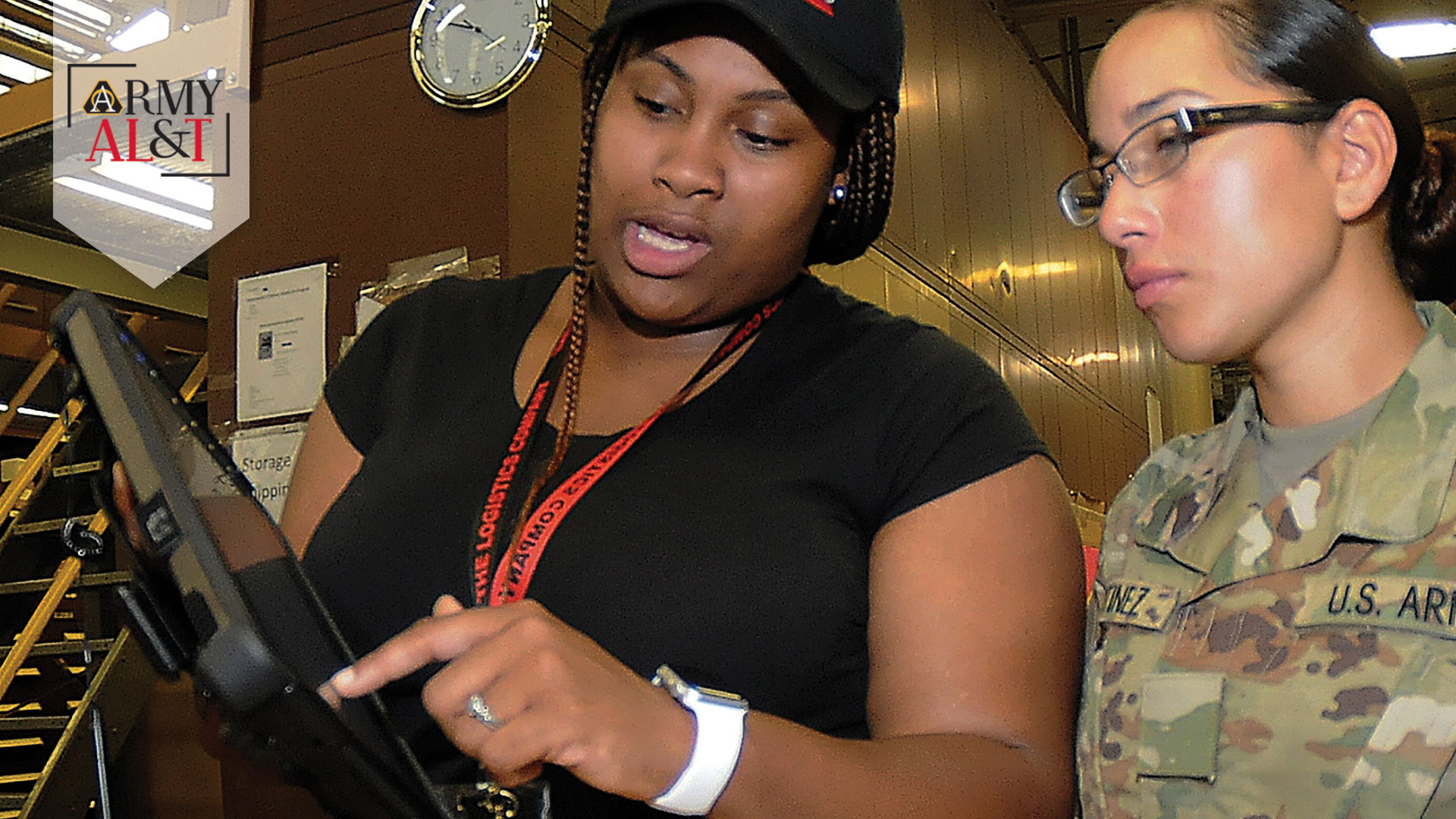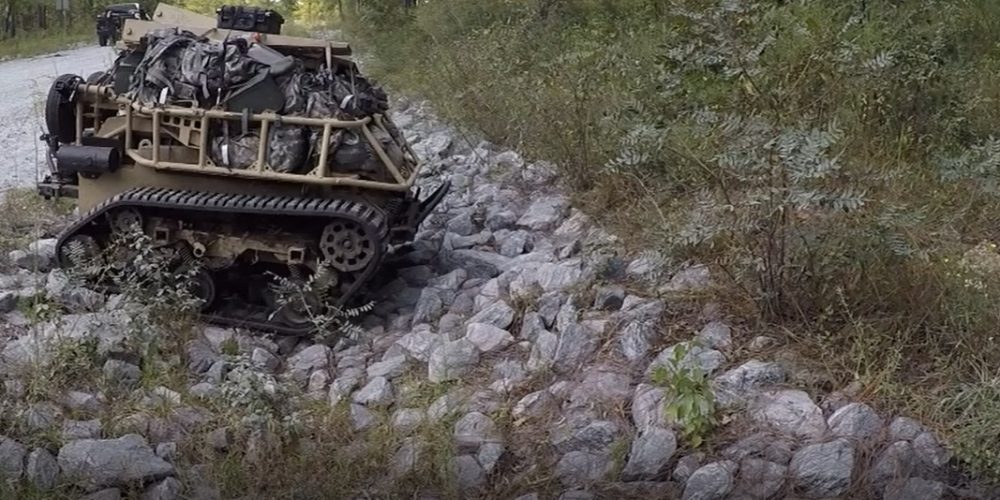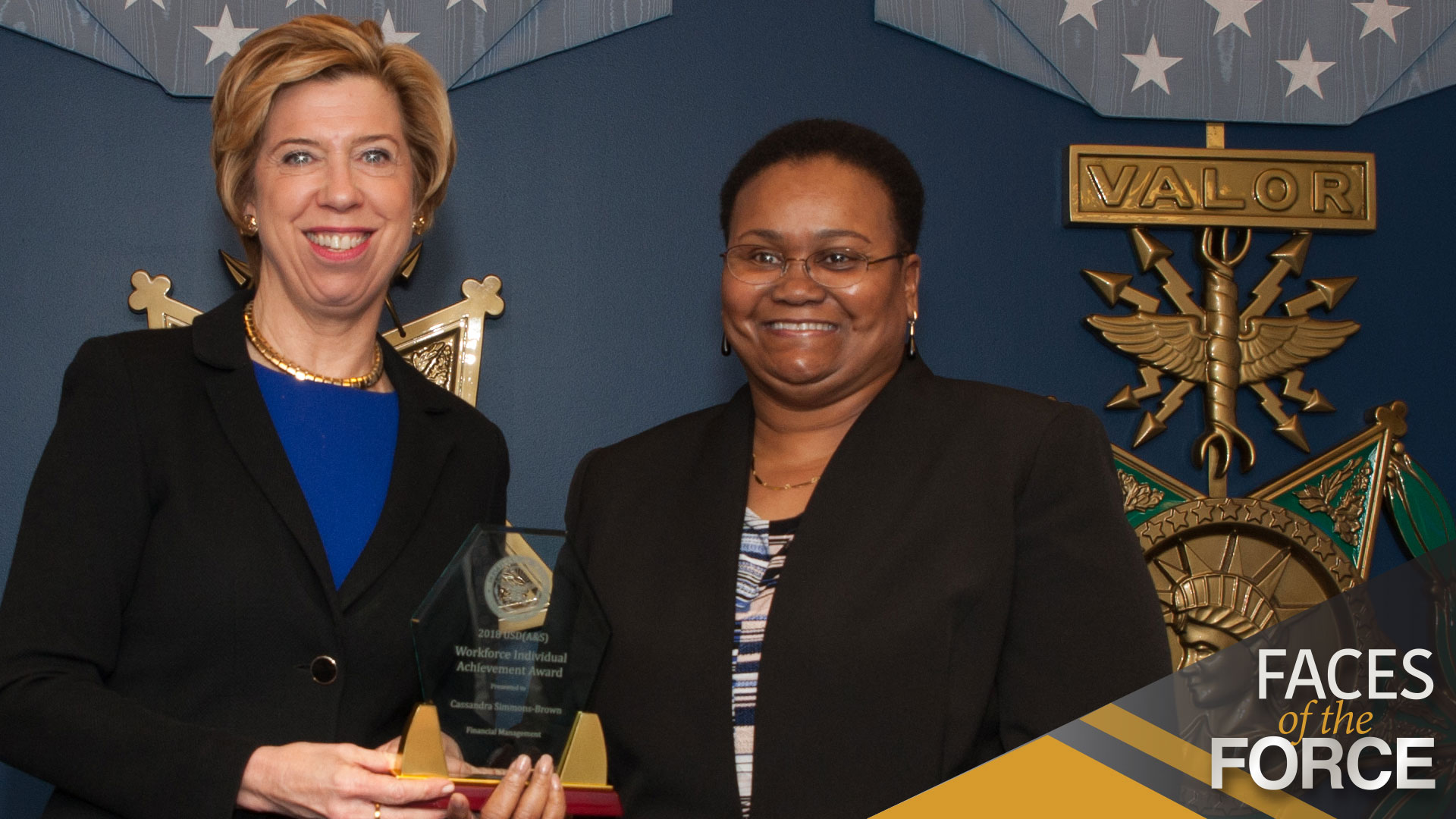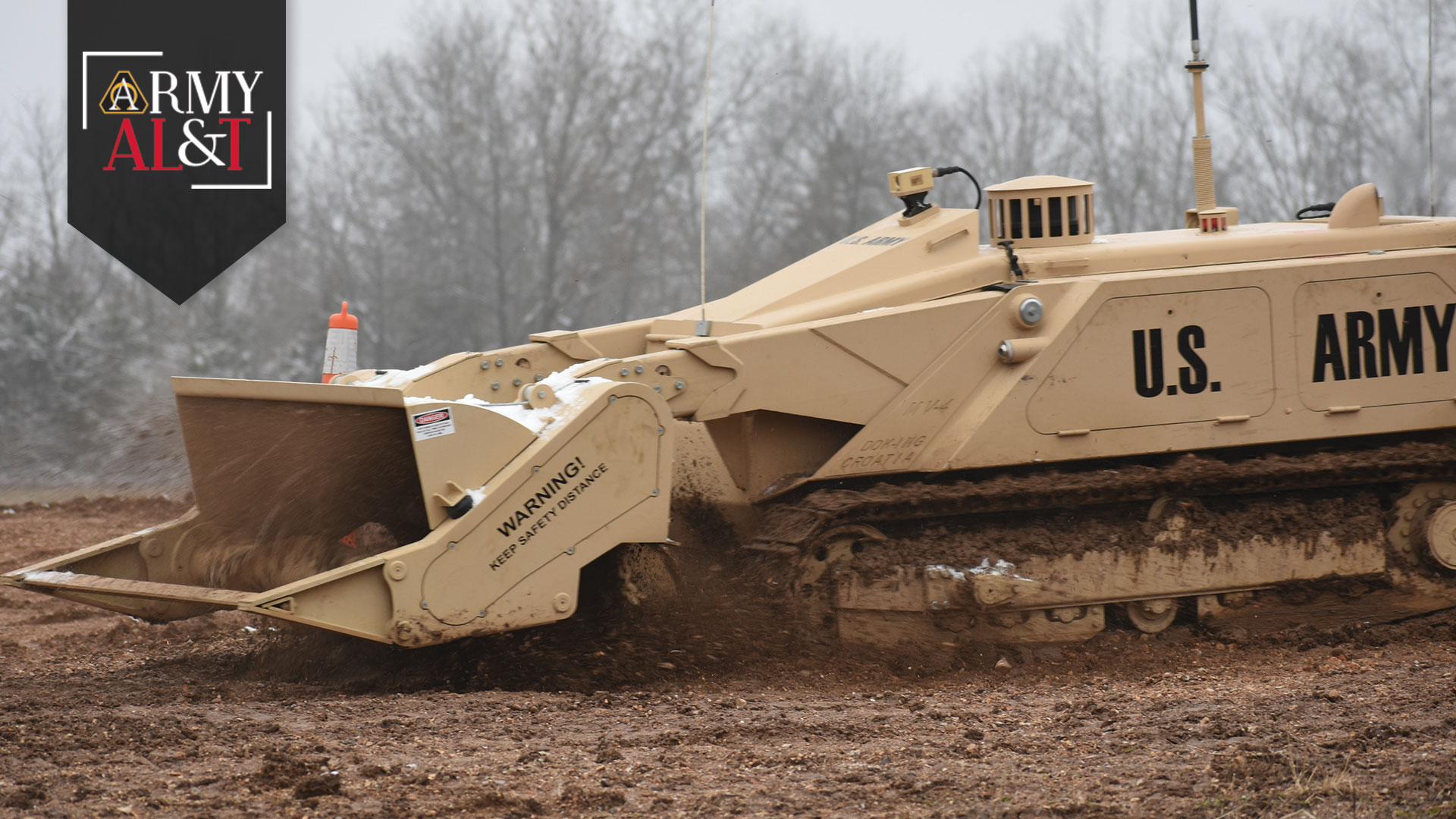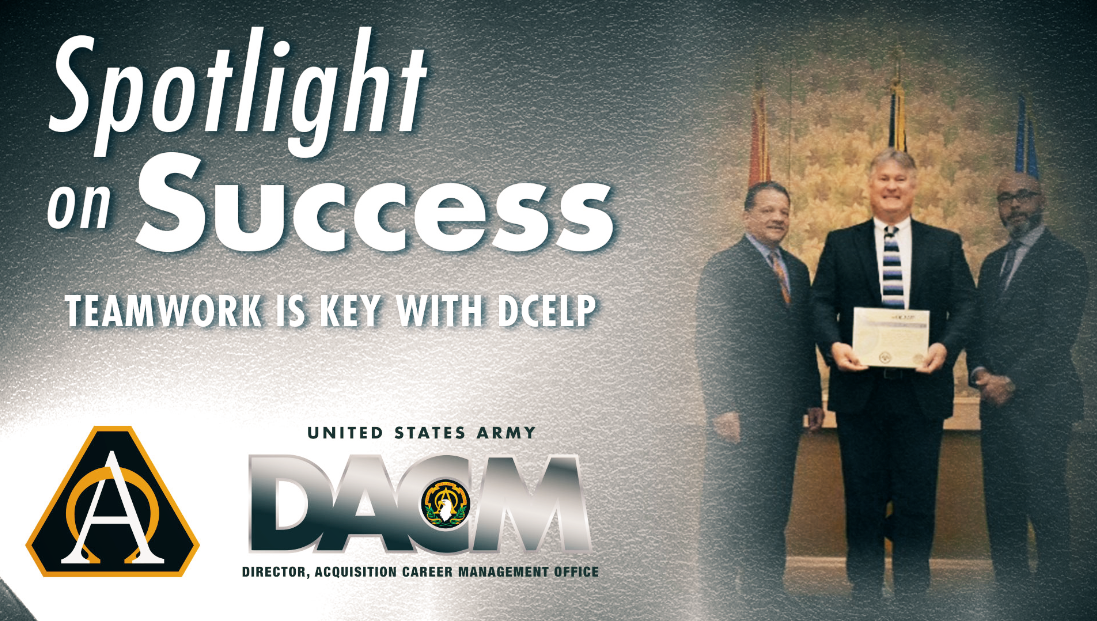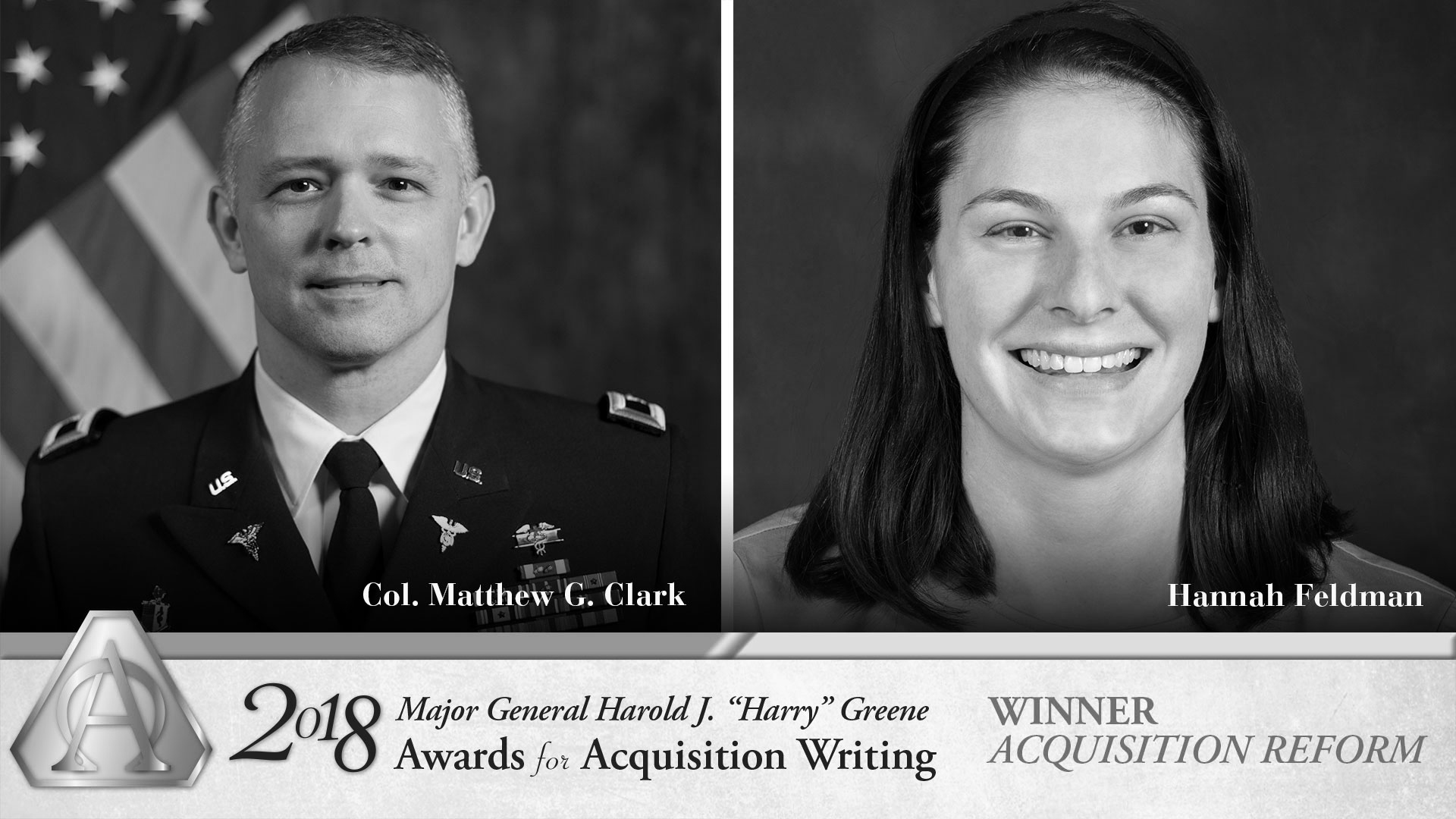Antoinette J. Freeland
COMMAND/ORGANIZATION: Product Manager for Installation Information Infrastructure Modernization, Project Manager for Defense Communications and Army Transmission Systems, Program Executive Office for Enterprise Information Systems
TITLE: Product officer
YEARS OF SERVICE IN WORKFORCE: 20
DAWIA CERTIFICATIONS: Level III in program management and in test and evaluation; Level I in information technology; member of the Army Acquisition Corps
EDUCATION: B.A. in psychology, Marymount University
AWARDS: Army Superior Civilian Service Award
by Susan L. Follett
Interested in being a product officer? Here’s what it takes: “If I were hiring someone for my job, I’d look for someone with a variety of acquisition experience, good attention to detail and strong communication and problem-solving skills. Communication is a big part of the job, but often a skill that people overlook,” said Antoinette “Toni” Freeland, a product director for the Program Executive Office for Enterprise Information Systems (PEO EIS). “The biggest challenge I face is bringing together the different organizations from different backgrounds and getting them to understand and work toward a common goal—serving as a mediator to ensure that all of a project’s stakeholders, including the product office team, are speaking a common language and working toward the schedule with the same urgency.”
Freeland and her team are assigned to the Product Manager for the Installation Information Infrastructure Modernization Program (I3MP) under the Project Manager for Defense Communications and Army Transmission Systems. Their job is to support joint warfighters and mission command centers with emerging information technology (IT) and secure infrastructure systems through life cycle management, supporting Army and joint networks. “A Soldier’s ability to shoot, move and communicate depends on a reliable, unified network, and mission success depends on coordinated communications to ensure that the right level of combat power is at the right place, at the right time,” she said. “All this communication is transported over the Army’s network—nothing works without it.”
When she tells people what she does for a living, Freeland noted, “People are often surprised by how driven the Army acquisition staff is to own and get after problems. For some people, it is a change in mindset from top-down, stovepipe-driven directives to creative, outside-the-foxhole thinking that produces results for our Soldiers. I always remind people that it’s Soldiers who we’re working for.”
She has been with PEO EIS for almost five years, starting as chief of the Acquisition Management Division. Her introduction to defense acquisition came 15 years before that, when a contractor hired her as a software test analyst supporting the Joint Interoperability Test Command’s work on the Global Command and Control System – Joint. “I was fascinated by the processes that took a military need from the requirements phase through development into testing, and then deployment to the Soldier,” she said. “The realization that I could be part of the process that helped Soldiers do their jobs more effectively while also ensuring their safety while they executed their mission was important to me, and it was something I wanted to contribute to.”
In looking back over those two decades, she noted that the biggest change she has seen is one of perspective. “More people are recognizing that IT programs are not like traditional acquisition programs and do not progress the same way through conventional acquisition processes. As a result, you’re also starting to see new processes for addressing that difference.”
Freeland served as product officer for the Product Office for Command Centers during the late 2018 installation of the mission command information infrastructure at the 82nd Airborne Division Headquarters at Fort Bragg, North Carolina, the first headquarters in the Army at that level to receive the new system. The 82nd Airborne received a command center that will enable it to conduct expeditionary, uninterrupted mission command during all operational phases.
Freeland led a team that included software and network engineers, program managers, logisticians, IT specialists and cybersecurity experts from I3MP, the U.S. Army Information Systems Engineering Command, Tobyhanna Army Depot and industry integrators. She called the project—her first as a product officer—one of the most important of her career.
“Executing mission command from home station is a new capability that the Army is delivering for a more powerful and reliable capability than those of any opposing force to date. The 82nd is part of the Global Response Force, which means that it must have a battalion ready at all times to deploy anywhere in the world within 18 hours,” she explained. “The capability that we were able to give them directly supports that mission, and it was the first time I had been part of providing a program that directly supported readiness and our country’s safety.”
Her career has also given her the opportunity to mentor and advise junior acquisition professionals. “My advice is to take individual responsibility to develop your technical and acquisition skills in different areas of expertise. You will need a variety of skills to get after the solutions to sustain our networks and our business systems to support Soldiers wherever they operate,” she said.
“The Army places the right people in the right place at the right time to execute its mission. Those missions create opportunities for professional and personal growth. If you’re given an opportunity to take on a developmental assignments to increase your breadth of experience, embrace it and you will be better for it.”
It’s also important to know what you don’t know, she added. “What I’ve learned over the past 20 years is that you do not need to know everything there is to know about an acquisition position at the start. What you need to know is how to access and learn the information you need to do the job at hand. No two acquisition programs are the same, so no two sets of experiences will be the same.”
“Faces of the Force” is an online series highlighting members of the Army Acquisition Workforce through the power of individual stories. Profiles are produced by the U.S. Army Acquisition Support Center Communication and Support Branch, working closely with public affairs officers to feature Soldiers and civilians serving in various AL&T disciplines. For more information, or to nominate someone, please contact 703-664-5635.

